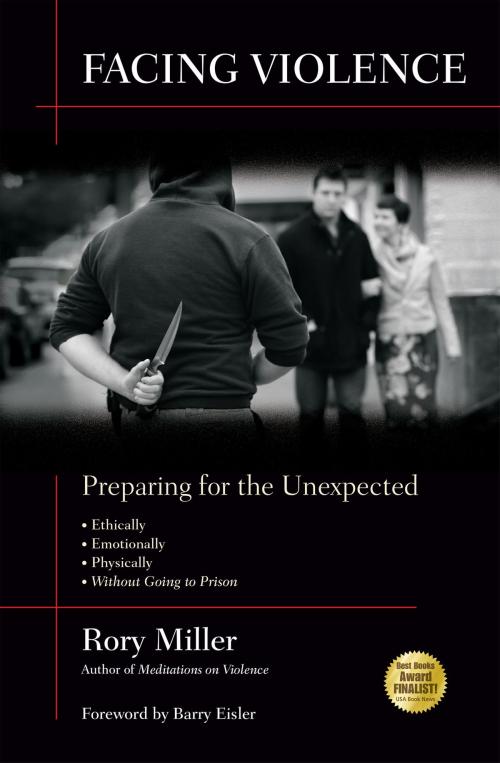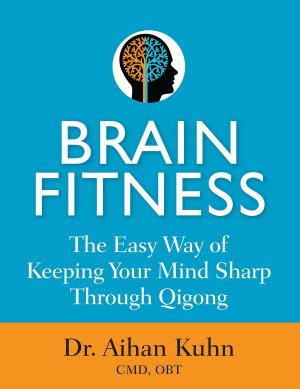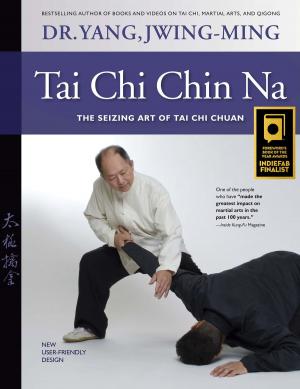Facing Violence
Preparing for the Unexpected
Nonfiction, Social & Cultural Studies, Political Science, Politics, Law Enforcement, Sports, Martial Arts & Self Defence| Author: | Rory Miller | ISBN: | 9781594392375 |
| Publisher: | YMAA Publication Center | Publication: | April 1, 2014 |
| Imprint: | YMAA Publication Center | Language: | English |
| Author: | Rory Miller |
| ISBN: | 9781594392375 |
| Publisher: | YMAA Publication Center |
| Publication: | April 1, 2014 |
| Imprint: | YMAA Publication Center |
| Language: | English |
eLit Award GOLD WINNER - 2012
USA Best Books Award FINALIST - 2012
Eric Hoffer Award HONORABLE MENTION - 2012
This book stands alone as an introduction to the context of self-defense. There are seven elements that must be addressed to bring self-defense training to something approaching ‘complete.’ Training that dismisses any of these areas leaves you vulnerable:
Legal and ethical implications. To learn self-defense, you must learn force law. The consequence is prison. Side by side with the legal rules, everyone must explore his or her own ethical limitations. Most people don’t really know where this ethical line lies within them.
Violence dynamics. Self-defense must teach how attacks happen. You must be able to recognize an attack before it happens and know what kind you are facing.
Avoidance. You need to learn and practice not-fighting. Learning includes escape and evasion, verbal de-escalation, and also pure not-be-there avoidance.
Counter-ambush. If you didn’t see the precursors or couldn’t successfully avoid the encounter, you will need a handful of actions, trained to reflex level, to deal with a sudden violent attack.
Breaking the freeze. Freezing is almost universal in a sudden attack. You must learn to recognize a freeze and break out of one.
The fight itself. Most martial arts and self-defense instructors concentrate their time on the fight. It just needs to be in line with how violence really happens in the world.
The aftermath. There are potential legal, psychological, and medical effects of engaging in violence no matter how justified. Advanced preparation is critical.
eLit Award GOLD WINNER - 2012
USA Best Books Award FINALIST - 2012
Eric Hoffer Award HONORABLE MENTION - 2012
This book stands alone as an introduction to the context of self-defense. There are seven elements that must be addressed to bring self-defense training to something approaching ‘complete.’ Training that dismisses any of these areas leaves you vulnerable:
Legal and ethical implications. To learn self-defense, you must learn force law. The consequence is prison. Side by side with the legal rules, everyone must explore his or her own ethical limitations. Most people don’t really know where this ethical line lies within them.
Violence dynamics. Self-defense must teach how attacks happen. You must be able to recognize an attack before it happens and know what kind you are facing.
Avoidance. You need to learn and practice not-fighting. Learning includes escape and evasion, verbal de-escalation, and also pure not-be-there avoidance.
Counter-ambush. If you didn’t see the precursors or couldn’t successfully avoid the encounter, you will need a handful of actions, trained to reflex level, to deal with a sudden violent attack.
Breaking the freeze. Freezing is almost universal in a sudden attack. You must learn to recognize a freeze and break out of one.
The fight itself. Most martial arts and self-defense instructors concentrate their time on the fight. It just needs to be in line with how violence really happens in the world.
The aftermath. There are potential legal, psychological, and medical effects of engaging in violence no matter how justified. Advanced preparation is critical.















